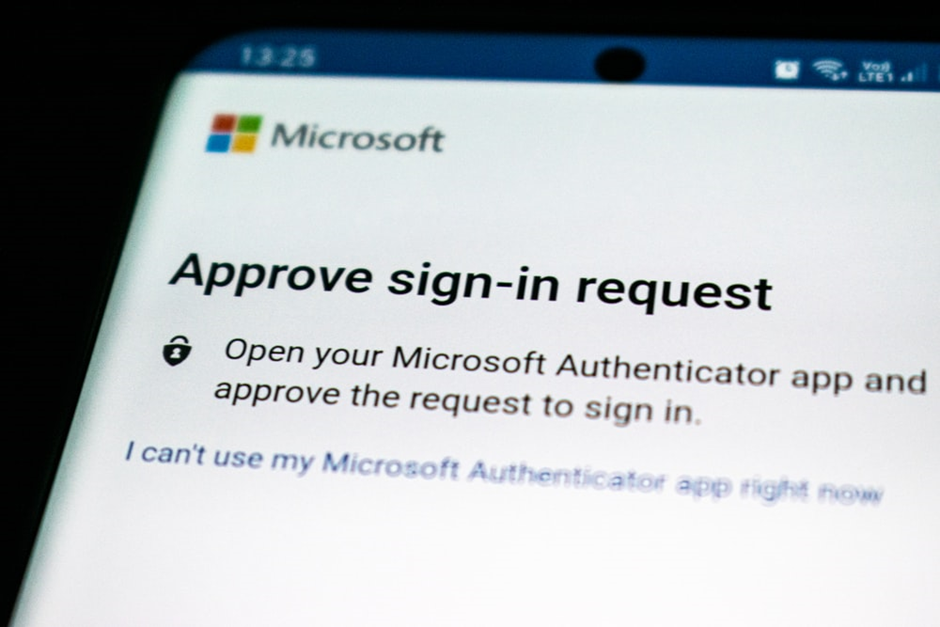Biometrics involves analyzing biological and physiological characteristics to confirm someone’s identity. Rather than relying on passwords, which anyone can gain access to in cyber attacks and through coercion, biological and physiological markers can be much more complicated or even impossible to duplicate in many situations.
As a result, biometric authentication is becoming popular in workplaces, especially where security is of the utmost importance. If you’re thinking about enhancing the security processes within your workplace, here are a few of the many options that might appeal.
Fingerprint Scanning
Fingerprint scanning products, such as fingerprint time clocks, are a form of physical biometric technology you can use to authenticate data. Such products turn fingerprints into digital codes, which become unique identifiers for each person.
There are many advantages associated with fingerprint scanning for businesses and individuals alike, such as removing the need to remember keys, fobs, or complicated passwords and being easy for most people to use.
Voice Recognition
While online services are becoming more commonplace in the average business, that doesn’t mean phones don’t still have their place. In fact, even technology as old as phone communication has seen significant advancement in recent years in the form of voice recognition.
Customers can enjoy a faster, more convenient service when they can rely on voice services to verify credit cards, provide security questions, and direct them to a particular department to help with their queries.
Voice recognition also improves business productivity since it can operate without a telephone operator.
Handwriting Recognition
While not as common as fingerprint recognition, handwriting can be a biometric authentication method that is commonplace in businesses heavily reliant on workflow automation. Handwriting recognition is often referred to as dynamic signature verification and relies on pattern recognition algorithms and curve analysis.
Banking and judicial businesses are among the most common to rely on dynamic signature verification often, especially as it affords many benefits. It doesn’t require special or expensive devices or advanced technology to work, and it’s also easy to explain to customers.
Facial Recognition
Facial recognition used to be something you’d only see in futuristic movies, but it has become surprisingly commonplace in our advanced digital era. The average person can now unlock their mobile devices using their facial features, and businesses can even use them to help their staff members access secure parts of their business premises and servers.
Facial recognition involves confirming someone’s identity by converting their features into a mathematical code. It requires minimal device interaction, no need to remember passwords, and can be combined with other biometric authentication measures for added protection.
While facial expressions and accessories might cause some challenges, it’s a relatively robust security measure that many people and businesses enjoy using.
Iris Recognition
Iris scanners work by locating the pupil, detecting the iris and eyelids, and excluding eyelids and eyelashes to collect the necessary iris data. Once gained, it can be used to provide access to security systems and software without the need to remember complex passwords.
Iris recognition remains one of the most accurate forms of biometric authentication, and it is growing in popularity with residential and business users alike. You simply need to stare into the device to load your iris information, and you can immediately be verified or denied access.
While there’s no reason why you can’t still use passwords to protect your business information and online accounts, there certainly is value in bolstering your security with biometric authentication methods. Fingerprint scanning, iris recognition, handwriting, voice, and facial recognition might all be options you consider to keep your sensitive information safe.

